Listen to an audio reading of this article:
DARPA, America’s defence research and development agency are very busy bees, with a long list of creepy projects that are in full partnership with private corporations and the American scientific community who line up like welfare recipients to collect the taxpayer funded money. The anticipated budget for 2023 for DARPA is over $4 billion. The Economist magazine has called DARPA the agency “that shaped the modern world,” and paints a pretty picture of a humanitarian, scientific organisation. DARPA does its own public PR campaigns with shiny happy people:
DARPA has been at the forefront in the personal computers development from the very beginning of the Cold War in the late 1940’s, and by 1973 DARPA had created the Internetting Project, DARPA’s prototypical communications network, the ARPANET which was spun off in 1983 into the military defence MILNET and the civilian version would retain the ARPANET handle.
In 1990, the ARPANET was officially decommissioned, and the Internet privatised to major corporations including IBM and MCI. Eventually, the federal government franchised out the internet infrastructure to various tech companies including Verizon Time-Warner, AT&T and Comcast.
mRNA Biological Injections
DARPA funded Moderna in 2013 with $25 million start up capital to develop mRNA medical injections, begging the question why would a defence agency fund a medical product? In 2020, Moderna was granted an additional $56 million to produce a 6-cubic foot manufacturing plant for quick transport around the world. The device would produce Nucleic acids On-demand Worldwide (NOW).
“The ability to make medicines in a mobile unit could have an important impact on the ability to respond to future viral challenges. Moderna is committed to being part of the solution in preventing future pandemics,” CEO of Moderna Stéphane Bancel said. What future pandemics is he referring to?
DARPA awarded a five-year $41 million project to General Electric in March, 2021, to enable vaccine production on-demand, anywhere in the world in just days. GE Research and a multi-disciplinary team that includes the Broad Institute, DNA Script, MEDInstill, Molecular Assemblies, and the University of Washington. Dr. Nelson, the principal investigator of the project, says this type of platform could be a game-changer, stating, “We think the world really needs this kind of advance to be prepared for unexpected challenges like what we have seen recently with COVID-19. Having the ability to produce small batches of ready-to-use vaccines in under 3 days at the site of need would enable widespread deployment of doses at an unprecedented speed.”
It would appear the scientific community is gearing up for a long term War Against Virus (WAV) … WAV after WAV of pandemics.
Insect Allies
Another one of DARPA’s disturbing projects is Insect Allies, a plan to develop genetically modified plant viruses and disperse them into the environment using insects. The work plan states:
“Plant viruses hold significant promise as carriers of gene editing circuitry and are a natural partner for an insect-transmitted delivery platform.”
The motivation provided for the program is to ensure food stability by protecting agricultural food supply and commodity crops:
"By leveraging the natural ability of insect vectors to deliver viruses with high host plant specificity, and combining this capability with advances in gene editing, rapid enhancement of mature plants in the field can be achieved over large areas and without the need for industrial infrastructure.”
In an editorial published in the journal Science, a group of researchers led by Richard Guy Reeves, from the Max Planck Institute for Evolutionary Biology in Germany, claims Insect Allies isn’t exactly what it says it is. Instead, they hypothesise that DARPA is breeding insects in order to deliver a “new class of bioweapon” and “the program may be widely perceived as an effort to develop biological agents for hostile purposes and their means of delivery, which—if true—would constitute a breach of the Biological Weapons Convention (BWC).”
Xenobots
In a recent peer-reviewed paper, published in 2021, scientists discussed new biotech that created living robots made from frog stem cells. Designed by a computer, the single cell “xenobots” resemble a Pac Man. They reproduce by bundling material in their mouths and then ejecting the new cell.
Funded partially with DARPA grant money, scientists at University of Vermont and Tufts University claim, “These are novel living machines. They're neither a traditional robot nor a known species of animal. It's a new class of artefact: a living, programmable organism,” says Joshua Bongard, a computer scientist and robotics expert at the University of Vermont who co-led the new research.
According to a press release from UoV: “As we've shown, these frog cells can be coaxed to make interesting living forms that are completely different from what their default anatomy would be,” says Michael Levin who directs the Center for Regenerative and Developmental Biology at Tufts. He and the other scientists in the UVM and Tufts team—with support from DARPA's Lifelong Learning Machines program and the National Science Foundation—believe that building the xenobots is a small step toward cracking what he calls the ‘morphogenetic code,” providing a deeper view of the overall way organisms are organised—and how they compute and store information based on their histories and environment.”
SafeGenes
DARPA is one of the largest public funders of synthetic biology research in the U.S. in recent years, upping its spending on synthetic biology projects to more than $100 million in 2014.
According to DARPA: “Safe Genes performer teams work across three primary technical focus areas to develop tools and methodologies to control, counter, and even reverse the effects of genome editing—including gene drives—in biological systems across scales.”
“Weaponized gene editing might sound a little bit like science fiction, but in the short term it is very clear that having safe gene editing makes sense,” claims Joseph Bondy-Denomy at the University of California, one of the researchers pioneering this field.
Bill and Melinda Gates are also major donors to this gene drive technology and have funded $75 million through Target Malaria. One of the projects Gates funded with $4 million is UK group Oxitec to make bio-engineered mosquitos. They developed the “Friendly Mosquito, a male insect that will mate with a female, only for the resulting offspring to die before they reach adulthood. Only female offspring will die, since only female mosquitoes bite. The male offspring will survive and continue to spread the self-limiting gene.”
Living Foundries
Another mad-science project created and funded by DARPA is the Living Foundries program that DARPA brags: Successfully Transitions Synthetic Biomanufacturing Technologies to Support National Security Objectives. Again, the question why these biotech projects are authored by a defence agency is disturbing. “Synthetic biology is an emerging interdisciplinary field that uses advanced science and engineering to make or redesign living organisms such as bacteria or cells so they can carry out specific functions. Synthetic biology involves making new DNA, or genetic code, that doesn’t naturally exist in nature,” DARPA Director Dr. Arati Prabhakar enthusiastically claims, adding that, “One part of our program is called 1000 Molecules, and it's really a challenge for the community to show us brand-new chemistries -- new molecules that no one's been able to make before.”
“Capability delivery is fundamentally a team sport,” said Rear Adm. Scott Dillon, Naval Air Warfare Center Weapons Division commander, “and we need diverse and capable teams from government partners like DARPA, industry, and academic collaborators to ensure our warfighters have the decisive advantage. I’m excited to see where our future partnerships will take us.”
DARPA already hit the 1,000 molecules goal and has since manufactured more than 1,500 of them according to a 2020 report. There are so many projects and sub projects within the DARPA roster, it is difficult to keep up with them. Added to that is the complexity of the projects and the fact that most likely DARPA is not telling us everything. What other black projects are they working on that are classified?
Casino
Diving further down DARPA’s rabbit hole, we find that DARPA is also involved with a project called CASINO, named after the surveillance camera system in casinos that provide complete video coverage of the gaming area in casinos to prevent bad actors. Subprojects are BLACKJACK and PITBOSS, that provide the system with the ability “to move a huge amount of processing power to space which will allow us to deliver critical data on short timelines to military users,” according to Blackjack’s program manager, Paul “Rusty” Thomas who also worked for SpaceX.
“Pit Boss connects the brains of each Blackjack satellite, making it one exceptionally smart, networked system,” said Raytheon Space Systems Director Mike Rokaw in a statement Nov. 19. “Rather than sending data down to a ground station for processing, which takes time we don’t have, Pit Boss will send data from space straight to the right operator at the right time.” Multiple private contractors are involved in these projects, including Raytheon, SEAKR, Microsoft, BAE and Lockhead Martin.
Zombie Frankensatellites
DARPA has additional projects to build “Zombie Frankensatellites” in space through the eXCITe project (eXCITe stands for eXperiment for Cellular Integration Technologies.) DARPA wants to harvest components from dead, non-working “zombie” satellites to build new ones in space, all done remotely with a grasping, mechanical arm. Dubbed “frankensats” by space junkies, these small “satlets” seek out space debris and using a mechanical arm, they retrieve the object and use it to build new satellites in space.
The project, dubbed PHOENIX, name after the mythological bird that resurrected from ashes is developed with the goal: “ … to develop and demonstrate technologies to cooperatively harvest and re-use valuable components from retired, nonworking satellites in GEO to create new space systems at greatly reduced cost. By robotically removing and re-using GEO-based space apertures and antennas from de-commissioned satellites in the graveyard or disposal orbit, space "junk" could become space asset.”
DARPA created an 8-minute promo video to promote and sanitise this project:
Although, these projects have positive uses individually, the question remains whether they are being used for nefarious purposes. And secondly, are all these projects part of a coordinated agenda — a project of projects organised by DARPA as part of a greater agenda of control and conquest of Planet Earth.
My work is entirely reader-supported. If you enjoyed this article please consider sharing it with like-minded people. Upgrade your subscription to “paid” if you appreciate what I’m doing, or buy me a coffee at Paypal.me/freepolitik.
Follow me on Facebook, Twitter, Instagram, Rumble or YouTube. If you want to read more you can buy my book, How to Defeat the New World Order. The best way to keep up to date with what we’re doing is subscribe to the mailing list at VictoryCanada.today which will get you an email notification for our social activism, and on Substack, whenever I write another article.
All works are co-authored with my partner MB Bose. Thank you for your continued support and encouragement.





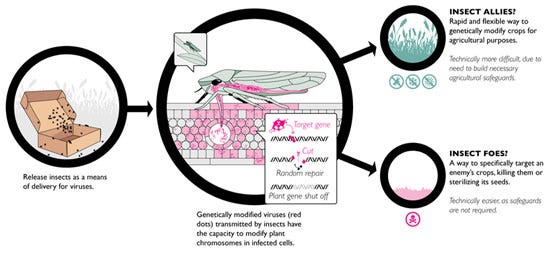
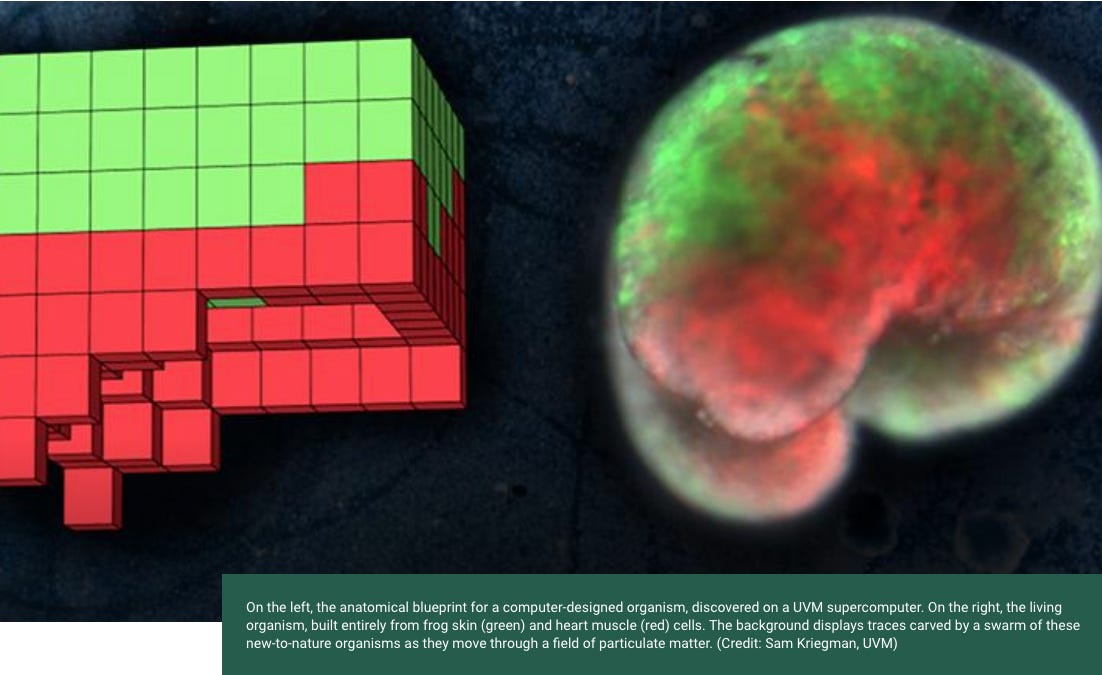
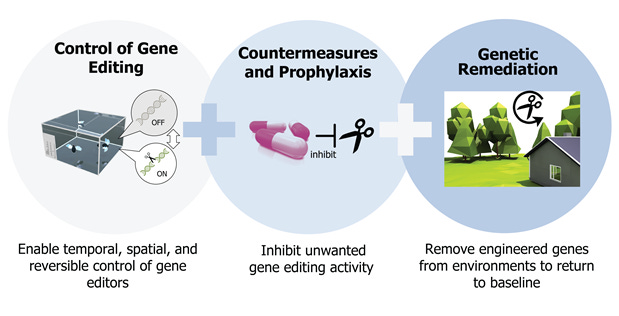
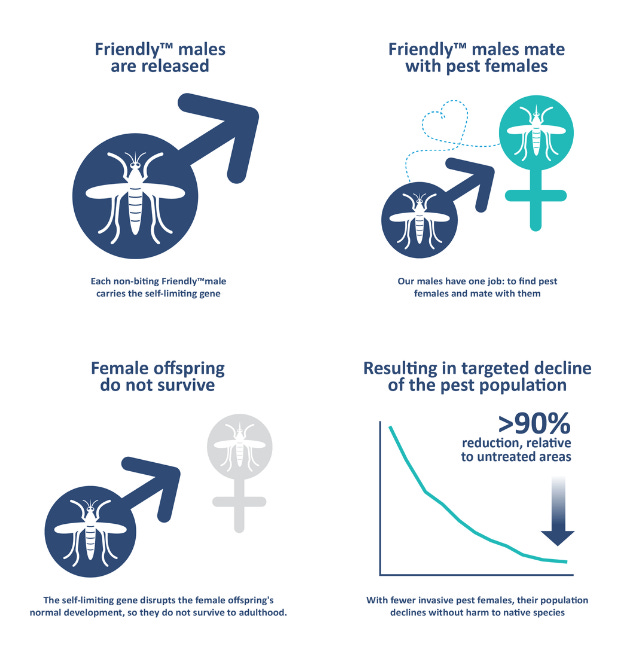
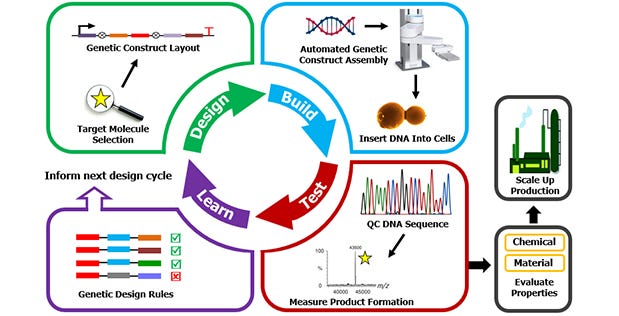

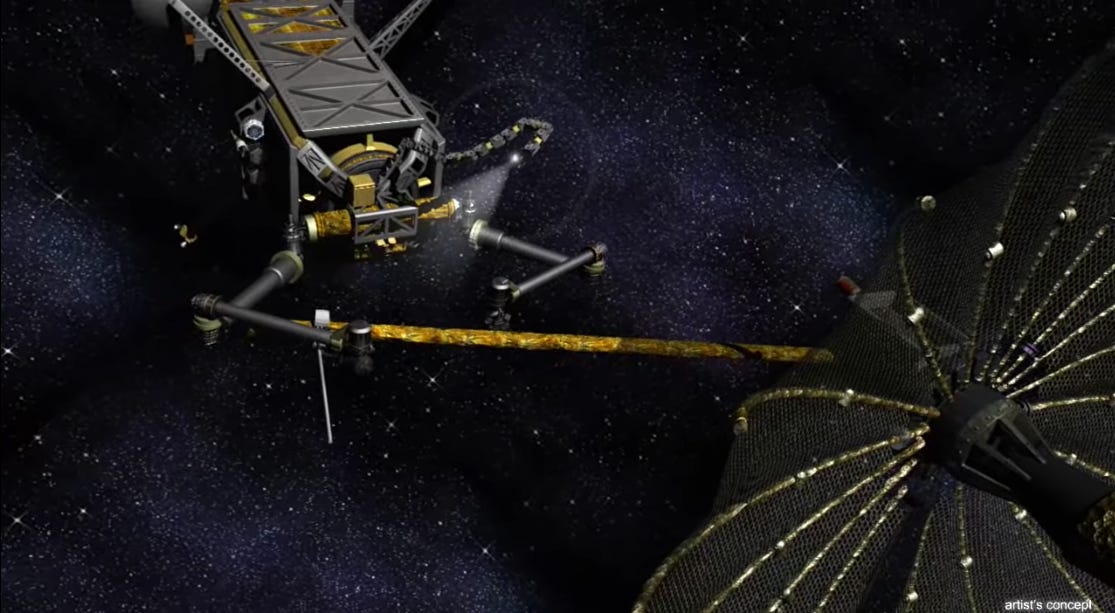
Excellent article!
I'd like to add some very interesting tidbits, follow-ups. When you look at the original ARPANET Logical Map March 1977 on Wikipedia you will see the origin node "ARPANET" has only two connections, one to the Pentagon and the other to MITRE Corporation. MITRE came from MIT.
In 1914, a merger of MIT and Harvard's Applied Science departments was formally announced. The man who financed the Internet was an *ex-Army* Jew from New York City named Arthur Rock. He financed Fairchild Semiconductor (through them IBM), Teledyne (Rockwell, Boeing), Intel, and Apple.
As well as Shockley Laboratory Division of Beckman Instruments. Shockley, of course, was one of the three people who invented the transistor.
"Done Deals: Venture Capitalists Tell Their Story: Featured HBS Arthur Rock"